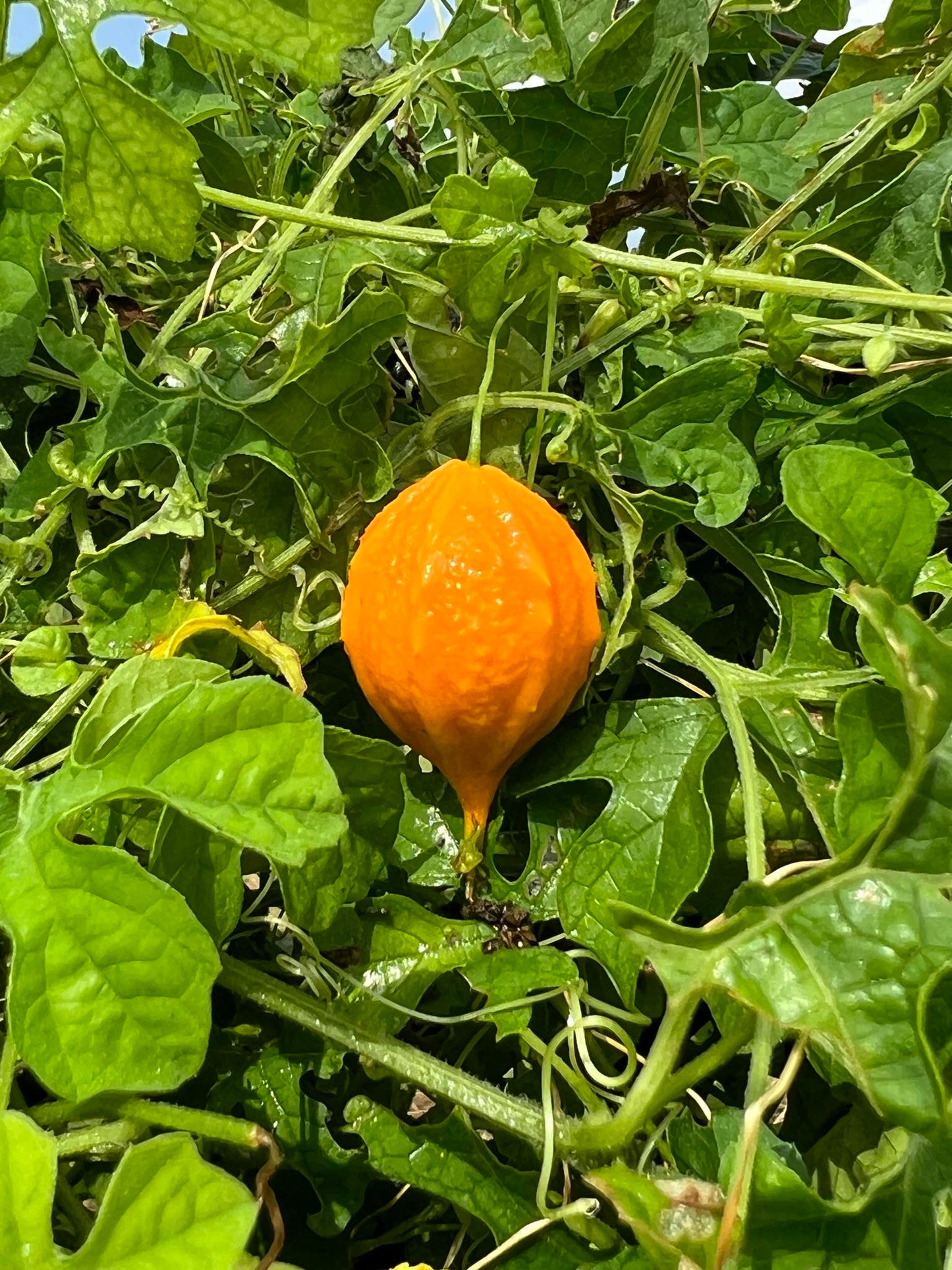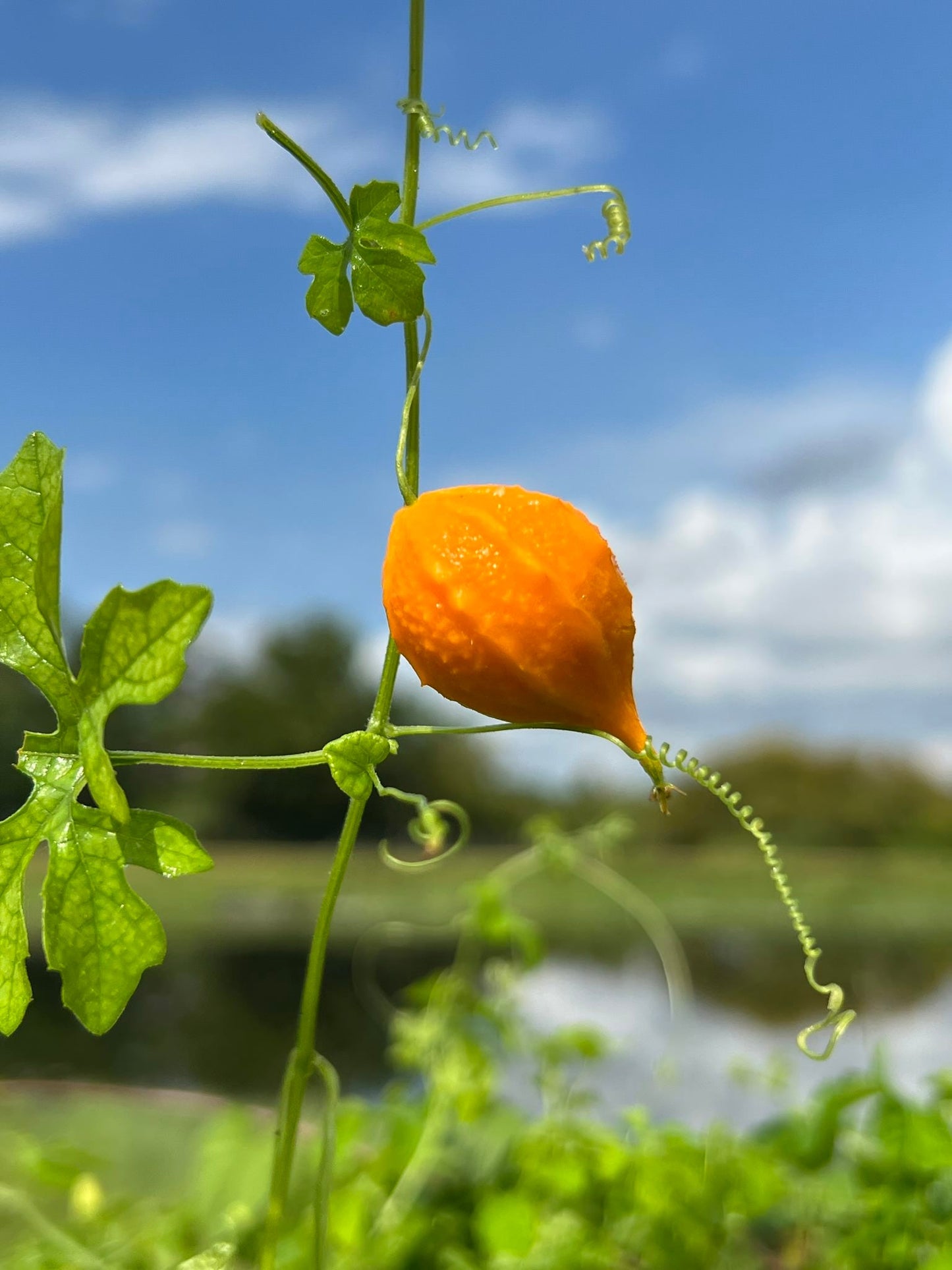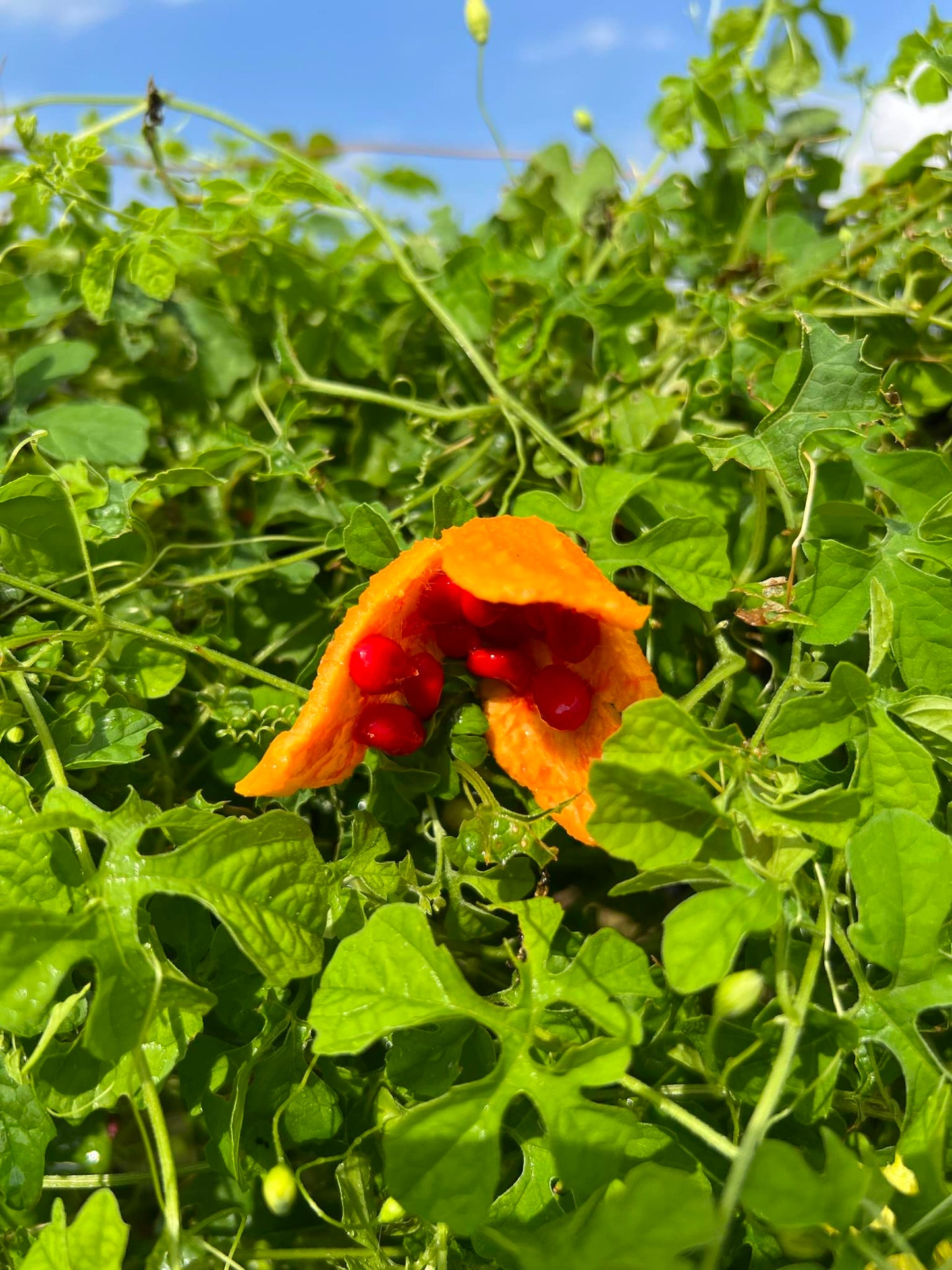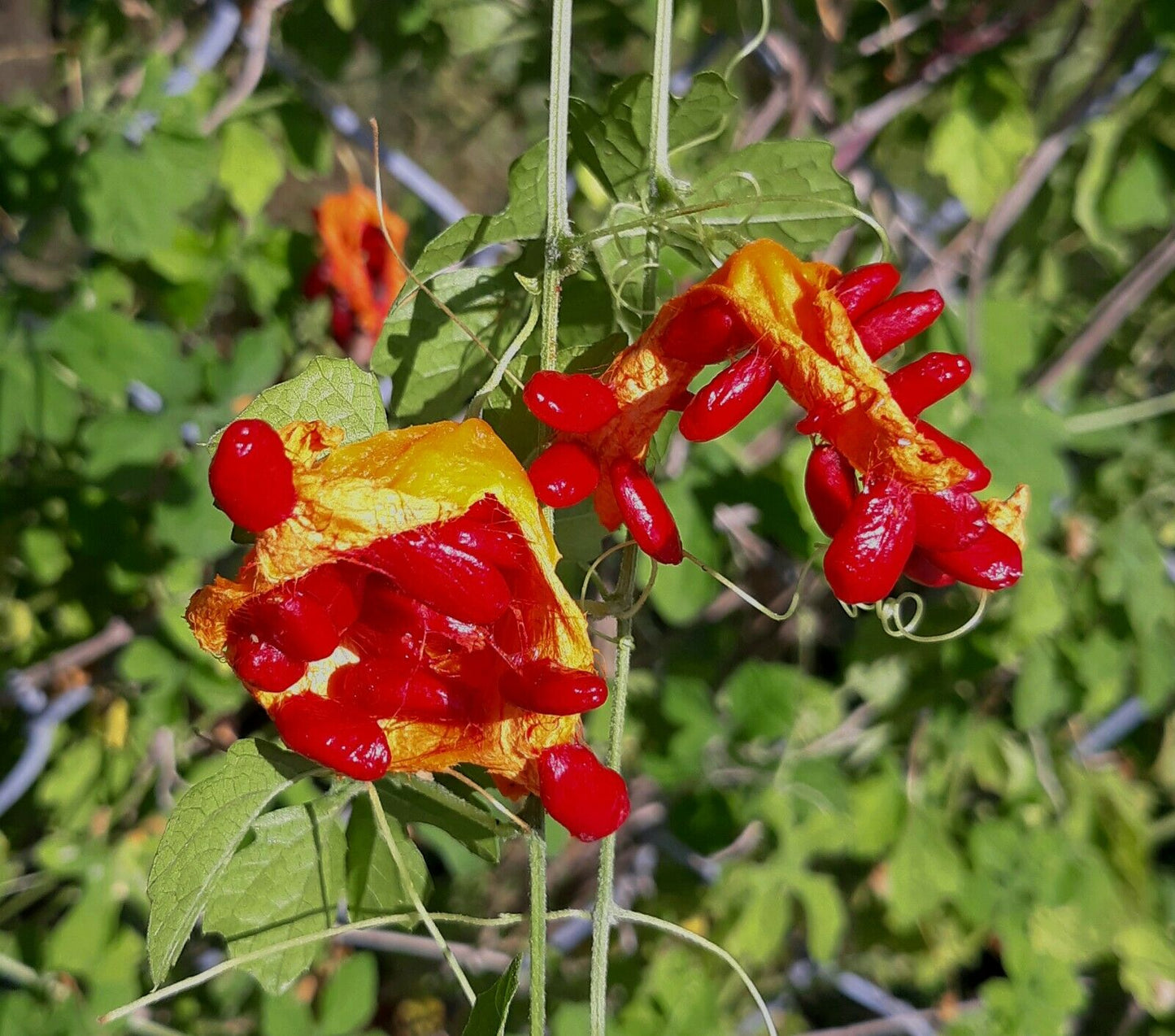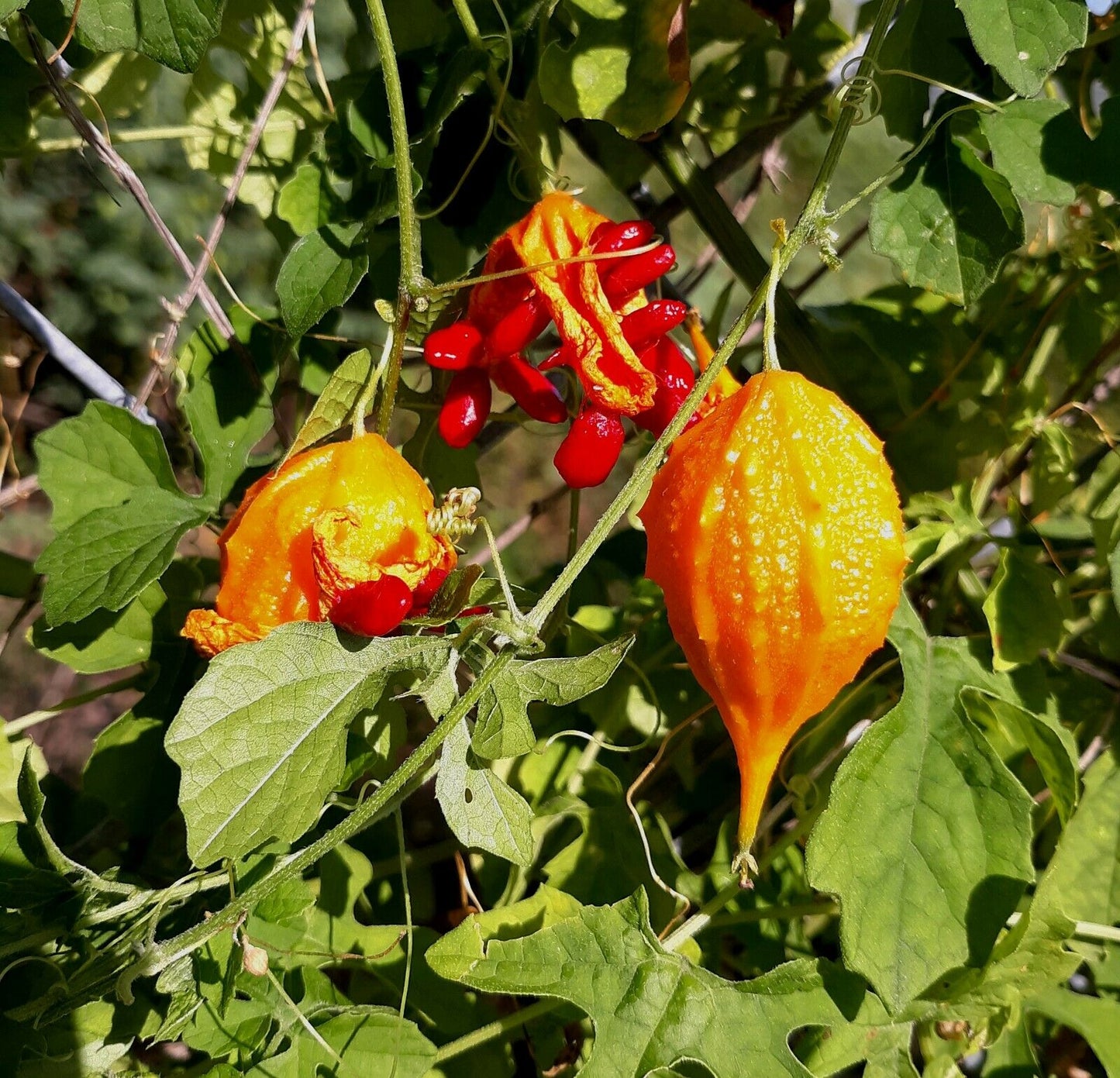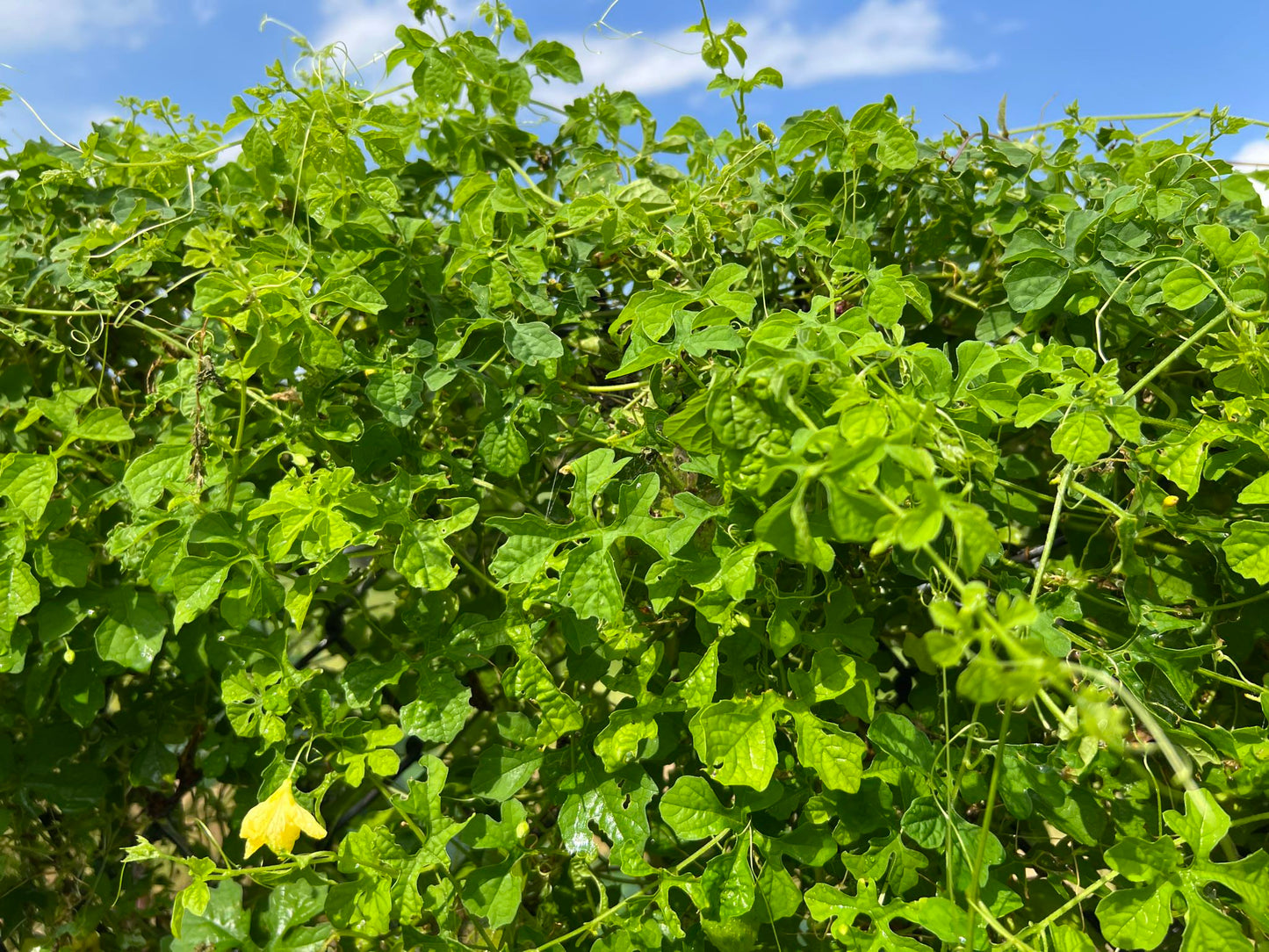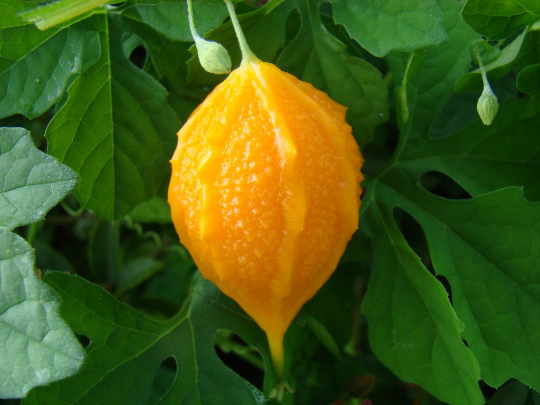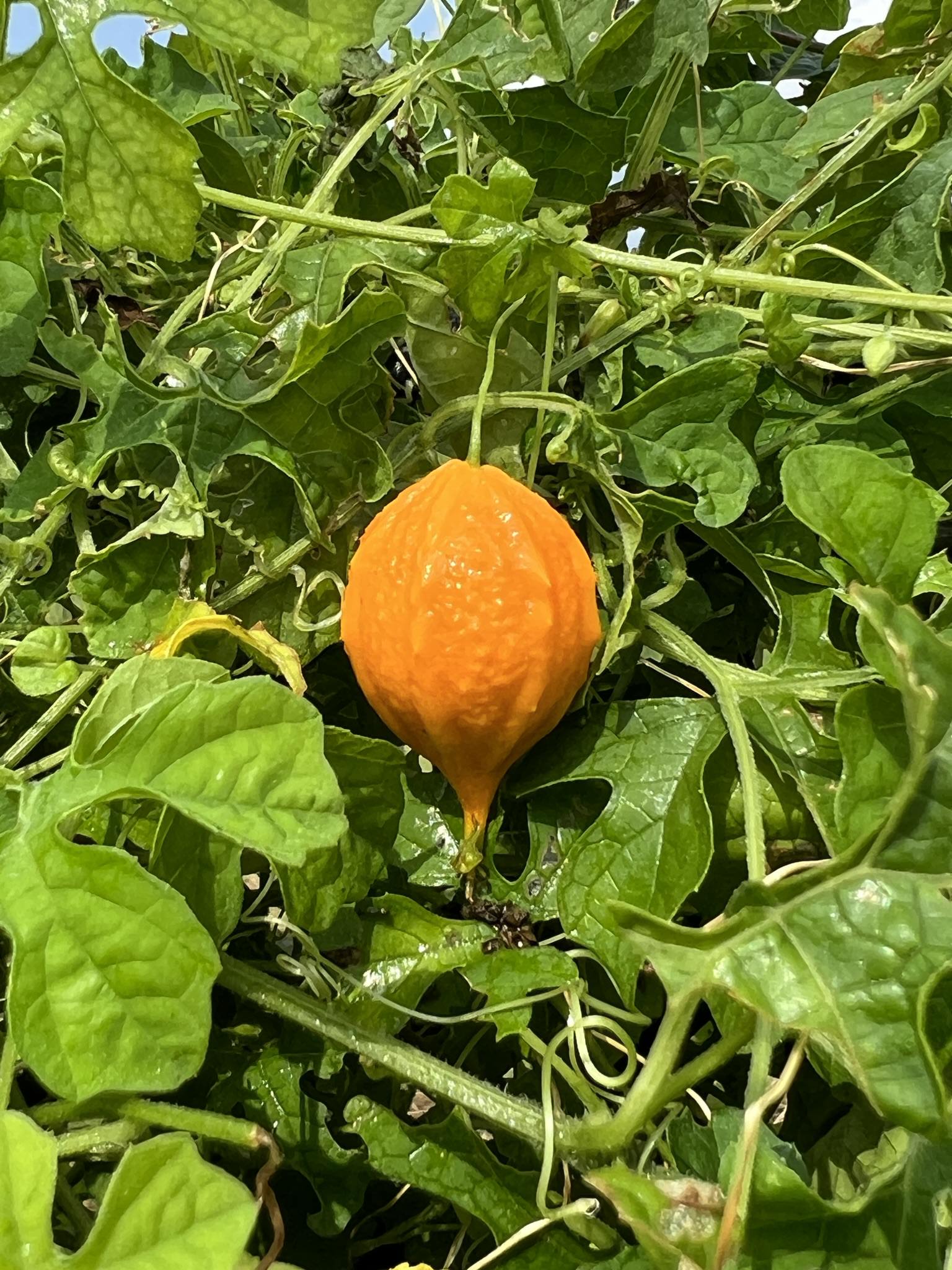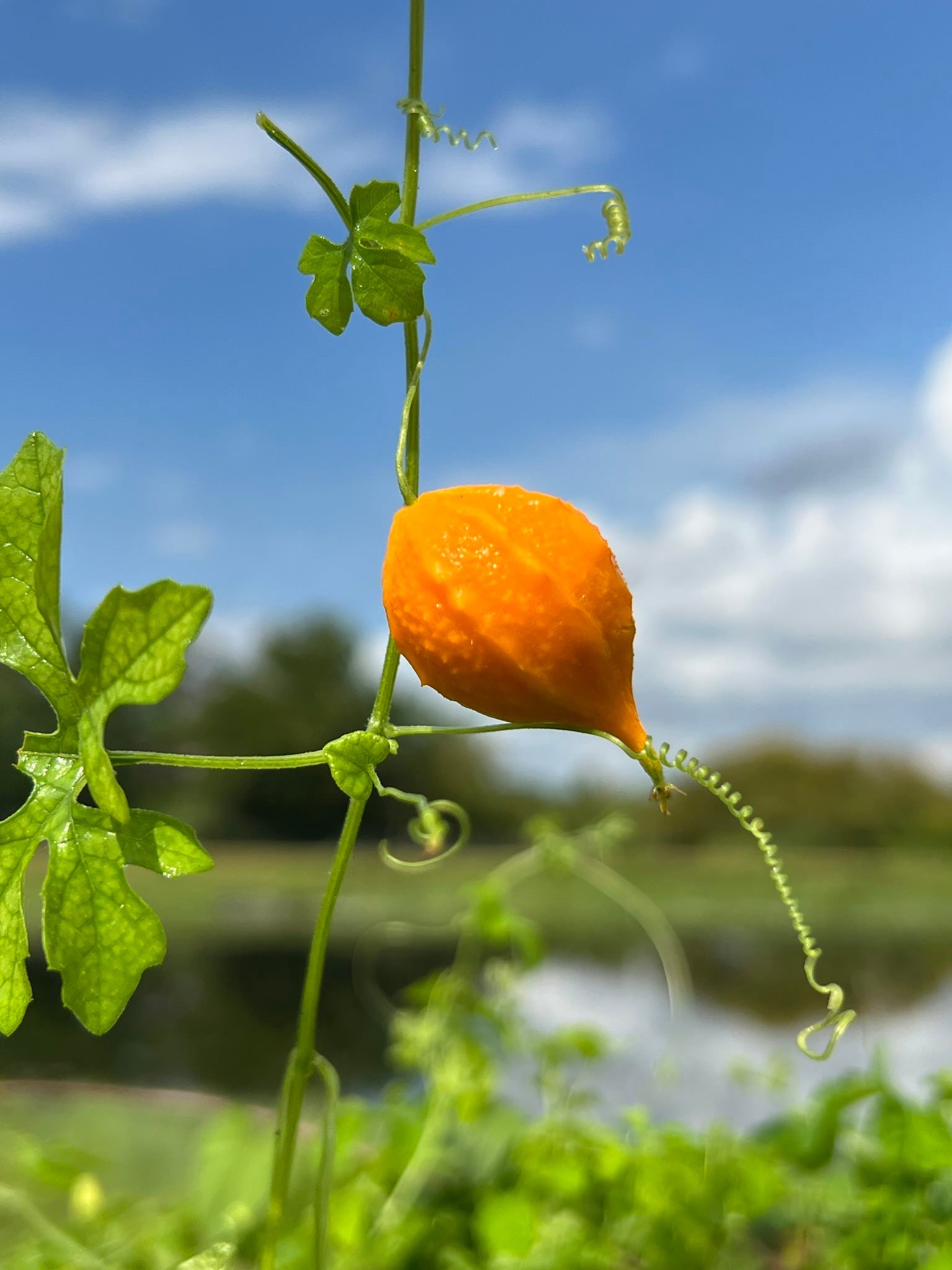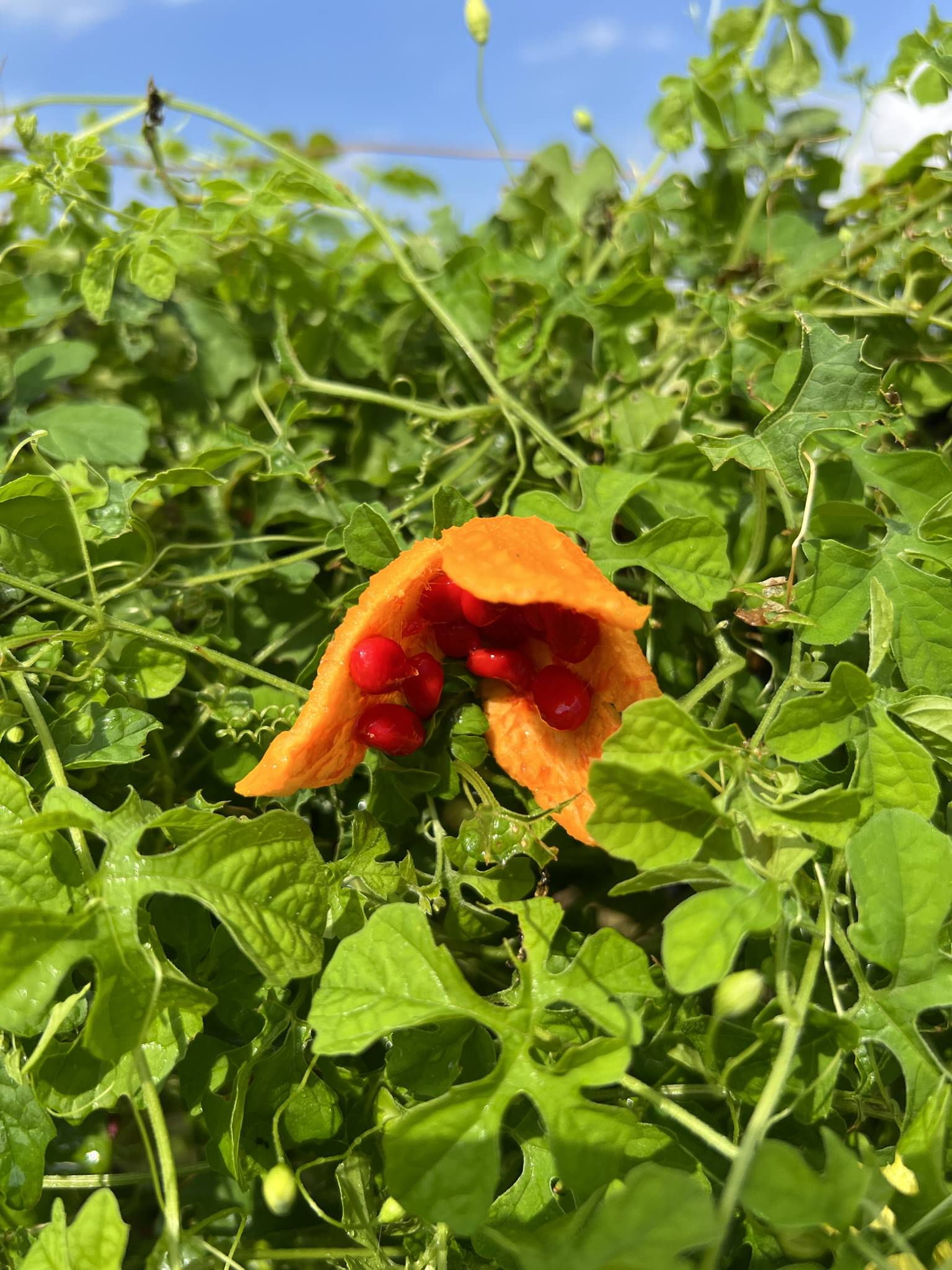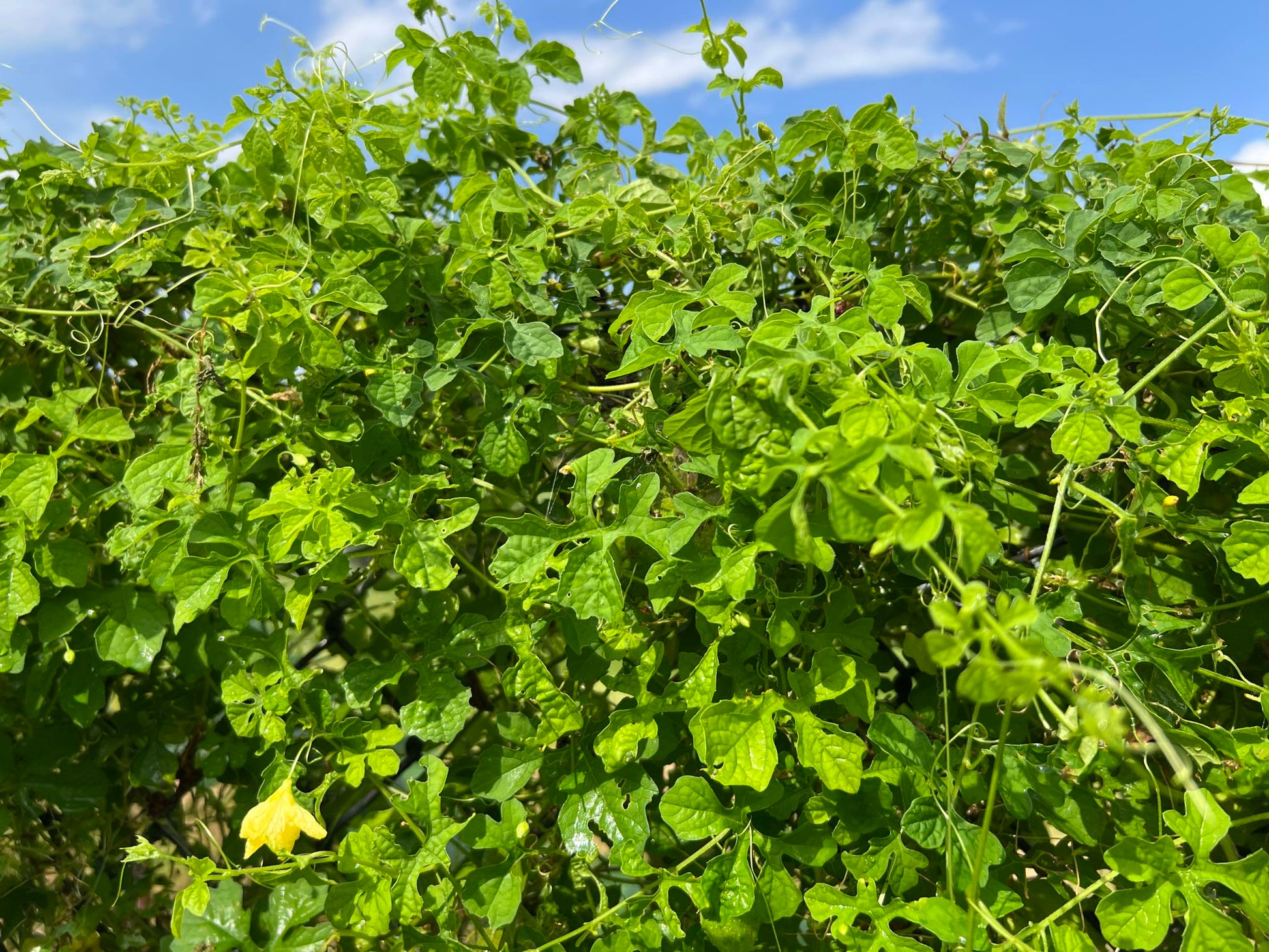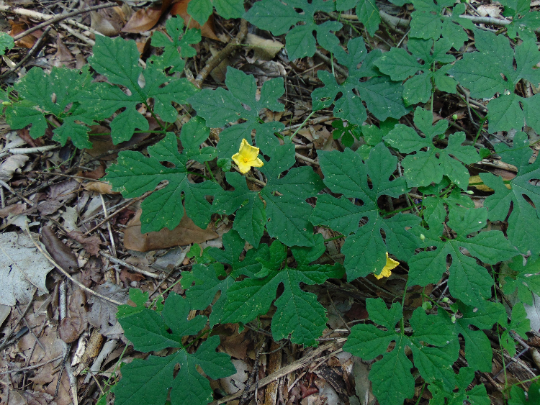Floridaseeds
Bitter Melon Balsam Pear Momordica charantia 10 Seeds USA Company
Bitter Melon Balsam Pear Momordica charantia 10 Seeds USA Company
Couldn't load pickup availability
Momordica charantia, commonly known as bitter melon or bitter gourd, is a tropical and subtropical vine belonging to the Cucurbitaceae family, which also includes cucumbers, pumpkins, and squash. Here's a description of its key features:
Appearance: Bitter melon has a distinctive appearance with oblong or elongated fruit that is typically about 10 to 30 centimeters (4 to 12 inches) in length. The skin is rough and bumpy, ranging in color from light green to dark green. When sliced open, the fruit reveals a central cavity filled with seeds and a pale, spongy membrane.
Flavor: As the name suggests, bitter melon has a notably bitter taste, which can vary in intensity depending on the ripeness of the fruit and the cooking method used.
Culinary Uses: Despite its bitter taste, bitter melon is widely used in culinary traditions around the world, especially in Asian, Indian, and Caribbean cuisines. It is often cooked in stir-fries, curries, soups, and stews, where its bitterness can add depth and complexity to dishes. Bitter melon can also be pickled or stuffed and is sometimes juiced for its potential health benefits.
Cultivation: Bitter melon is a warm-season crop that thrives in tropical and subtropical climates. It requires well-drained soil, ample sunlight, and regular watering to grow successfully. The vines can be trained to climb on trellises or allowed to sprawl along the ground.
Growing Instructions
The seeds have a hard seed coat that has to be treated, or scarified, in order for water to enter the seeds so that they can sprout.
- To scarify the seeds, nick or sand the seed coat with sandpaper.
- Soak the seeds in water for several hours.
- Sow the seeds in pots with a rich, well drained potting soil or sow the seeds outdoors in an area with good drainage. Bitter melon grows best in rich, sandy or loamy soils. Cover the seeds with a layer of soil.
- Water the seeds.
- Install a trellis or other support structure beside your bitter melon vines. The vines will climb on and be supported by a trellis. An alternative is to insert bamboo poles, metal pipes or wood stakes in the soil by each plant, and connect those structures to each other with string or wire, which will support the climbing vines. The vines develop lateral shoots two to three weeks after sprouting.
- Fertilize the plants when they have several leaves and then fertilize them every few weeks. during the growing season.
Materials
Materials
Shipping & Returns
Shipping & Returns
Dimensions
Dimensions
Care Instructions
Care Instructions
Share

